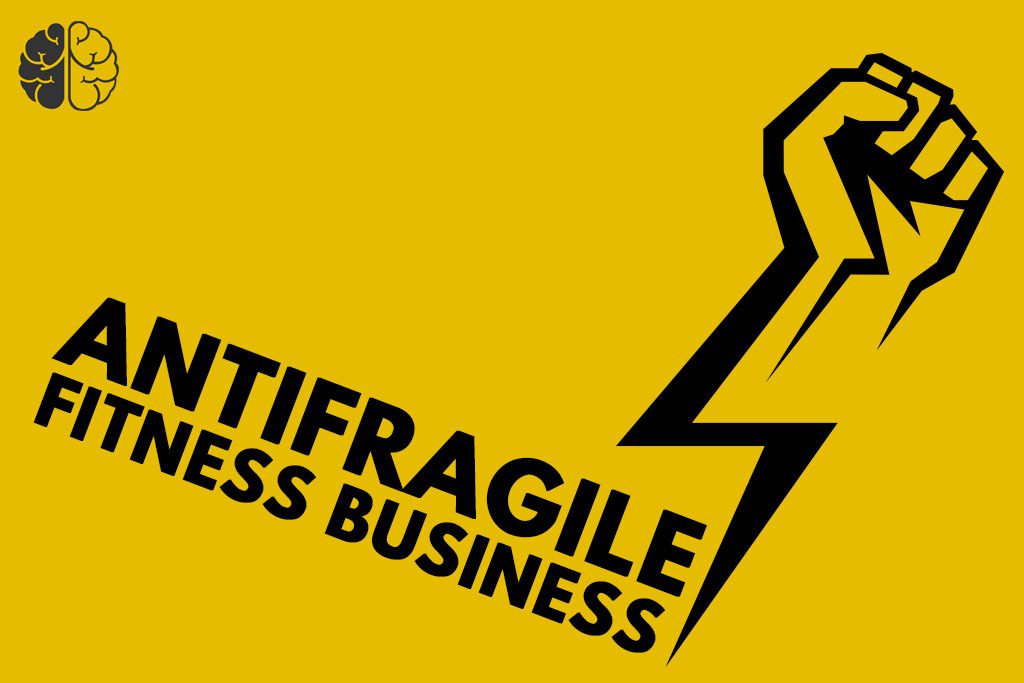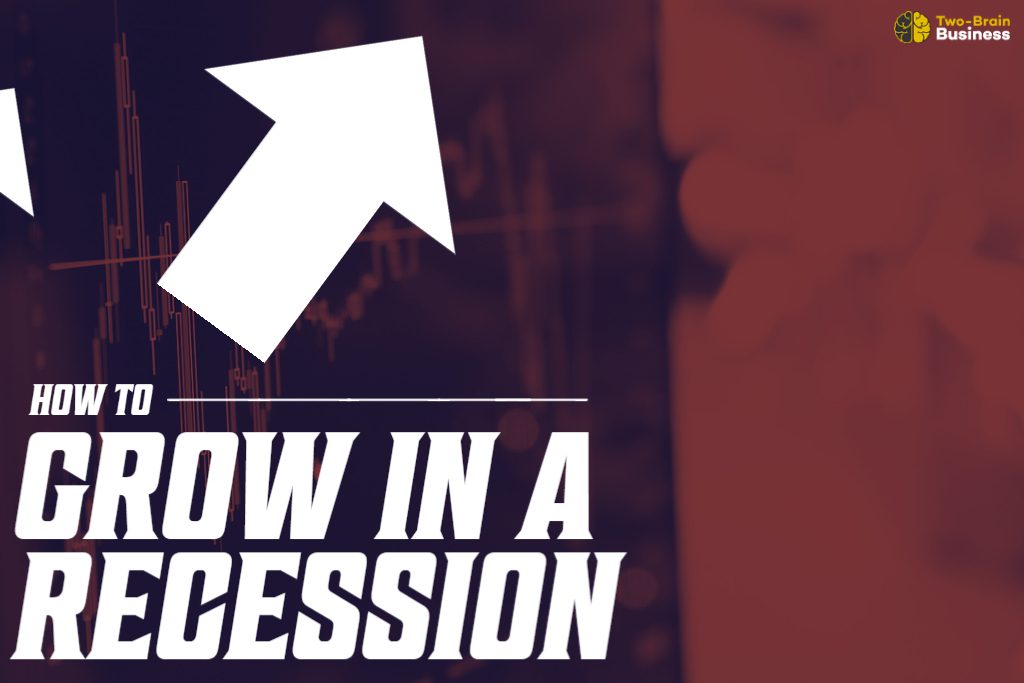To grow during tough economic periods, your business must have a rigid footing and flexible delivery.
You must operate your business on values and fairness. You must deliver with consistency. But you must upgrade your model to make it less fragile.
This means you don’t give discounts or do special favors. It also means you focus on the clients and services that are recession-proof. This focus will actually help grow your business long term.
Nobody thinks about money until they run out. Then it’s all they think about.
Here’s the plan for getting ahead of the problem.

Antifragility
“Antifragility is beyond resilience or robustness. The resilient resists shocks and stays the same; the antifragile gets better.” —Nassim Taleb
An antifragile business is one that grows while others are failing. A robust business doesn’t simply avoid problems; it uses challenges to diversify and grow.
Many gym franchises are considering bankruptcy. They have solid foundations and systems. They have good marketing and branding. But they couldn’t change their delivery model.
Gym franchises sell access. You sell coaching. And coaching is a flexible delivery model.
I started writing about antifragility in the fitness business back in 2010. One of the first concepts I shared on Two-Brain Radio was how to build a robust business.
This has always been a hot topic for me because most of the media in the microgym industry says the opposite. We’ve been led to believe that big group classes in a big space with multiple coaches and a lot of equipment provide the best model. But the COVID Crisis proved that it’s actually the most fragile. A prescriptive model, combining 1:1 coaching with group coaching, is resistant to economic downturn and confusion.
The Danger Zone
For years, I’ve watched the microgym industry polarize. More than ever, the good gyms are growing and the weaker gyms are shrinking.
Resource: “State of the Fitness Industry: The Disappearing Middle”
Unfortunately, this doesn’t correlate to excellence in coaching. It correlates to excellence in business.
Great coaches with bad business practices are going bankrupt and leaving the industry. But that doesn’t mean bad coaches with good business are thriving.
In the end, an excellent service that gets results is necessary for survival. But it’s not sufficient on its own and never has been. Being the best coach in town won’t make you successful at business.
Meanwhile, the gyms in “the middle”—with around 120 members, 5,000 square feet, overpaid coaches and underpaid owners—are being squeezed. They’re forced to either become a great gym or go out of business. Spread over 100 years, it’s libertarianism. Squeezed into six months, it’s a tragedy. Crisis puts pressure on the middle of any market.
Short-term pressure on the fitness market will accelerate the life cycle of fitness businesses. Those who survive the next few months will emerge into a world with a leaner, more agile business and far less competition. But many won’t survive. Gyms that might have struggled along for two or three years, just breaking even—a recession could kill them before they have a chance to fix their businesses.
24 Hour Fitness was in the middle of the globo-gym market. It’s neither the best nor the cheapest. And it filed for bankruptcy during COVID lockdowns.
But you have a huge advantage: You get to choose. If you have a robust business, you can stay open. And if you have an antifragile business, you’ll grow from this challenge.
Resource: “Fragile Franchises: Why It’s a Great Time to Be an Independent Gym Owner”
It’s a horrible time to own a big globo gym. But it’s a great time to own a coaching business.
It’s a horrible time to sell access. But it’s a great time to sell coaching.
It’s a horrible time to sell a commodity. But it’s a great time to sell a premium service.
Resource: “Beating the Recession”
Rigid in the Right Places—and Flexible in Others
To become antifragile, start with a strong base: solid systems, good retention metrics and personal coaching.
Then be consistent: Treat everyone the same. Consistency breeds trust. Everyone is your favorite. No one is an exception.
Let your best clients determine what you sell. Pivot your coaching to solve their greatest problem (and expect that problem to change over time).
Teach your vision to guide their choices. Tell them both the stark truth of the problems they face and the reasons they should remain optimistic about a solution. Publish every day.
Lead. Show them the way. Make it simple for them to follow.
The great gyms will survive the economic recession. But the best gyms will actually grow.
The science on health and lifespan has never been easier to understand. We need exercise and nutrition more than ever. Share that message far and wide.
Teach your clients how to save money in other areas of their lives.
Teach them to beat stress at your gym.
Teach them about the value of support. Teach them to be optimistic. Give them someone to follow: Don’t hide away, hoping to be discovered. Shine your light brighter than ever.
Focus on your highest-value clients in the gym.
And add an off-menu “downsell”: a way for your clients to stay engaged in your community, follow your programming and maintain their relationship with your coaches. A habit-coaching model can be implemented inexpensively and used prepare clients to return later.
Antifragile businesses win both ways. Antifragile businesses gain from disorder.
In “Antifragile,” Taleb wrote that “difficulty is what wakes up the genius.” You’re the genius. But if you don’t want to try and figure this out alone, call a mentor.
Rigid footing, flexible delivery—that’s what makes you gain from disorder.

